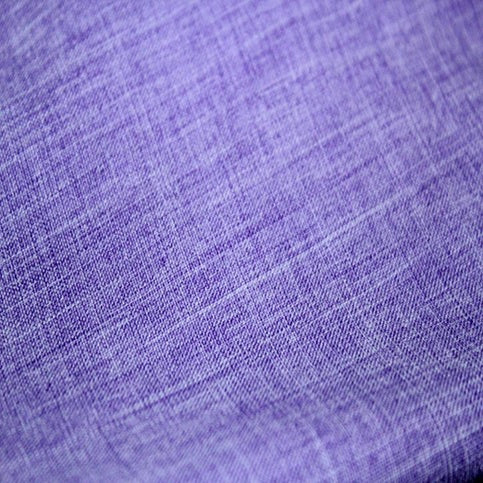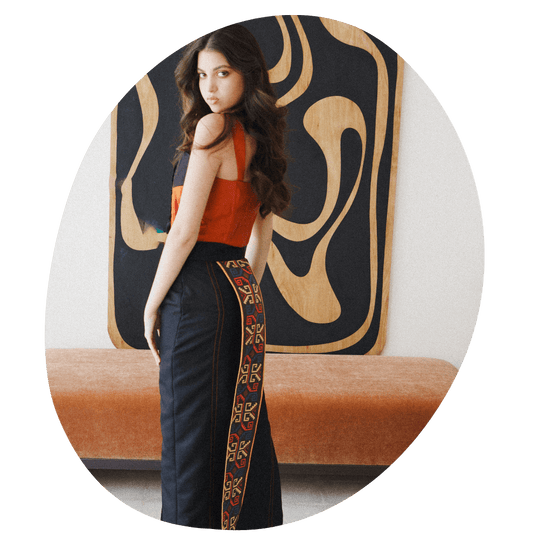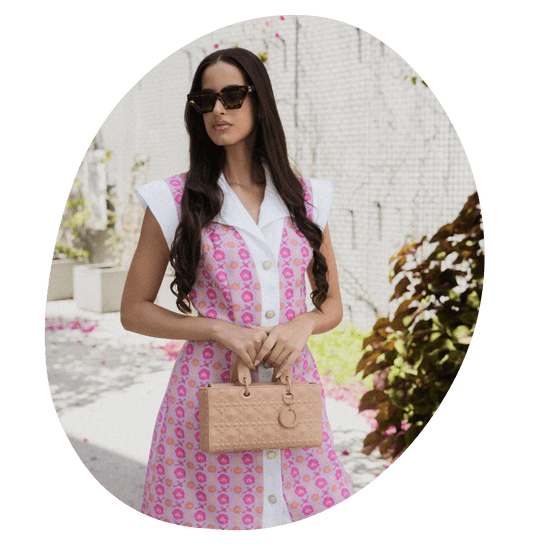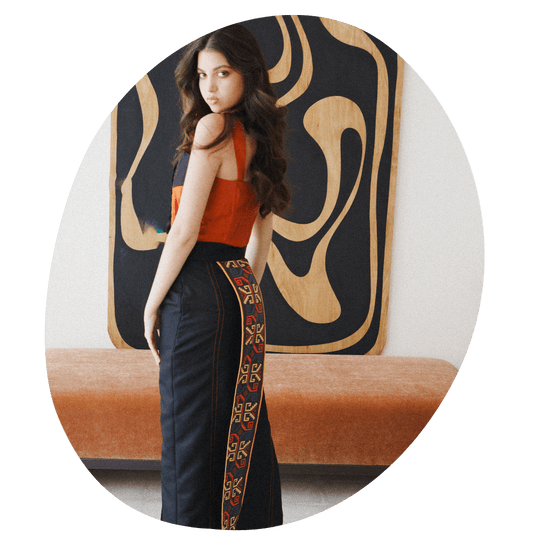Fabric Shopping Tips

Fabric shopping is one of the most exciting aspects of the design process. It can also be one of the most overwhelming if you don’t go into it with a clear idea of what you want. You may find yourself buying way more than what you need or making something totally unintended. Let’s go over some features to look for that will put you in control.
Let’s go over some features to look for that will put you in control.
WOVENS VS. KNITS
There are two main classifications of fabrics: wovens and knits.
Woven fabrics are made up of threads that are interlocked like a basketweave. This weave gives the fabric more stability and retains its shape. It doesn’t usually have a lot of stretch and is easier to sew with, which makes it the perfect fabric for a beginner to start off with. Because of its stability and shape retention, it is less likely to move and shift around while you’re sewing.
Knit fabrics have yarns that weave in and out. That weaving formation makes the fabric more stretchy and flexible. It has a fluid drape, and since it stretches and moves it is comfortable. But because it stretches and moves, it makes it harder to sew with.

Your project will determine which kind of fabric you want to work with. (Essentially
NOTE THE CROSS-WIDTH OF THE FABRIC
We usually recommend buying fabric from a wider bolt, about 58 inches. You may notice fabrics are seemingly cheaper if you buy from a narrower bold. However, you will need to buy double the amount of fabric. For example, if you make a skirt and the width of the fabric is 35 inches and the circumference of the hip is 38 inches you have to buy double the length of the skirt–ie. two yards versus one yard.
NOTE THE DIRECTION OF THE FABRIC

In other words, pay attention to the design of the print. If you buy fabric with a lot of repetition (such as polka dots) then don’t worry about it. But, if the fabric has a more distinct pattern (such as flamingos printed all in one direction) then keep in mind that your pattern has to lay a certain way on the fabric. You wouldn’t want those flamingos upside-down in some areas of your garment.
THINK OF THE PURPOSE OF YOUR PROJECT!
Always think of the purpose of your project and how the fabric needs to perform. Are you buying it for durability,
THINK ABOUT SHRINKAGE
Some natural fibers shrink after washing, so keep in mind you may have to buy extra and pre-wash the fabric before sewing. Flannel can shrink up to 20% of its size after washing! There’s no way to tell unless you test it, so try to get a swatch of the fabric and pre-wash it if you have any concerns it might shrink.
EMBRACE THE LEARNING PROCESS!
If you are a beginner, stay away from slippery fabric such as charmeuse, chiffon, and organza as well as bias cut garments. For beginners, we recommend sewing fabrics with stability like cotton calico or muslin. In general, you should stick with less expensive fabrics. That way your project will be much less stressful and you’ll be able to embrace the learning process better. Because trust us, you will make mistakes! But that’s ok because that’s what the journey is all about, learning from mistakes.
Last but not least…
When in doubt, get two yards. You can make almost any standard project with two yards of fabric.







